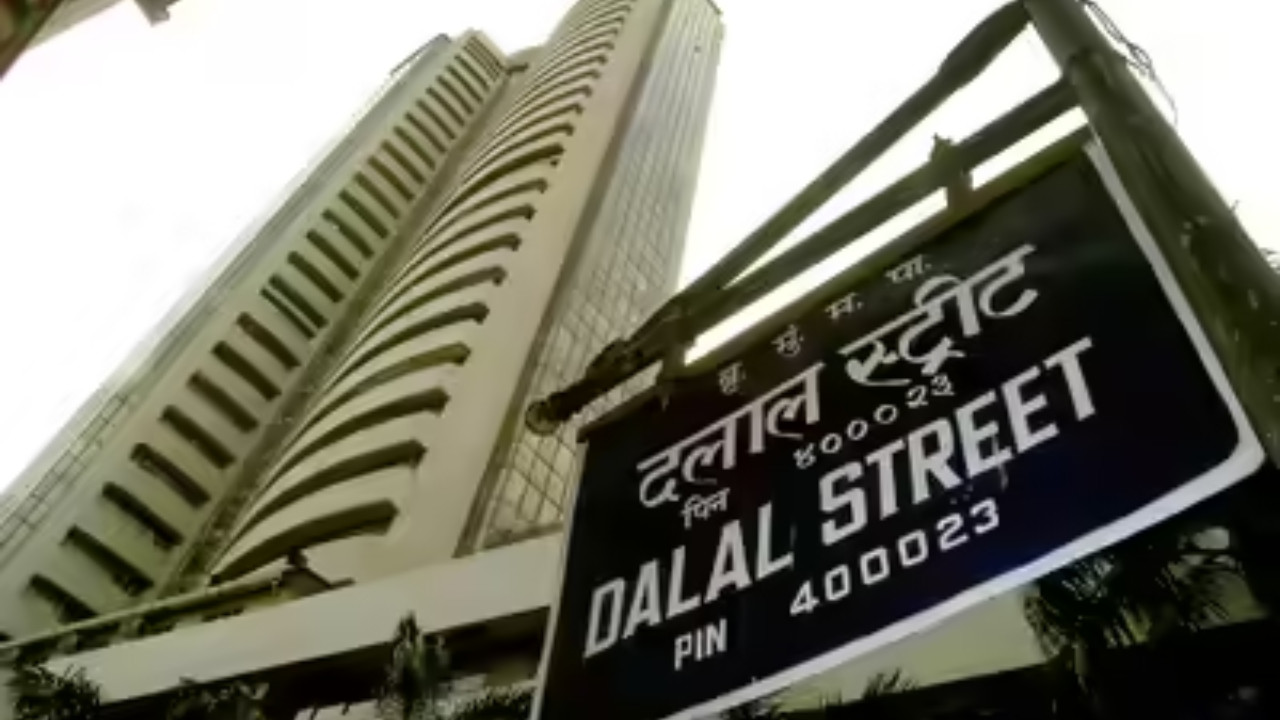Despite banks raising corporate credit growth forecasts, Icra notes a lack of meaningful revival, attributing a recent uptake to potential pre-rate cut borrowing or overseas funding. Icra has marginally revised its overall bank credit growth outlook upwards, citing GST cuts and liquidity support.
Is India’s Corporate Credit Boom Just a Passing Phase?
Remember that feeling of finally exhaling after holding your breath for too long? That’s kind of what the Indian economy experienced with the recent surge in corporate credit. After navigating choppy waters, businesses seemed ready to invest and expand, driving a welcome increase in borrowing. But the question on everyone’s mind now is: Is this newfound confidence a sign of sustained growth, or simply a fleeting moment in time?
Lately, headlines have been buzzing about the impressive uptick in corporate credit. For months, the numbers painted a picture of companies actively seeking loans to fuel their ambitions. This was a stark contrast to the preceding period, where risk aversion and cautious spending seemed to be the prevailing mood. But as we delve deeper, the sustainability of this upward trend warrants a closer look.
Several factors contributed to this credit expansion. Infrastructure projects, for instance, have been a significant driver. The government’s push for improved connectivity and logistics has spurred investments in roads, railways, and ports, leading to increased demand for financing. Manufacturing, too, has played a role, with companies scaling up production to meet rising domestic and international demand.
But beneath the surface, some undercurrents suggest a need for cautious optimism. A significant portion of the recent credit growth might be attributed to short-term working capital requirements rather than long-term capital expenditure. This suggests that companies may be borrowing to manage immediate operational needs, rather than investing in expansion or innovation. If that’s the case, the current boom might be more reactive than proactive, signaling a temporary fix rather than sustained confidence.
<img src="image-of-indian-rupee-notes.jpg" alt="Stack of Indian Rupee notes, illustrating corporate credit in India.”>
Inflationary pressures also loom large. Rising input costs and supply chain disruptions could squeeze corporate profit margins, making it harder for businesses to service their debt. This could, in turn, dampen their appetite for further borrowing and potentially lead to a slowdown in credit growth.
Furthermore, global economic uncertainties cast a shadow. Geopolitical tensions, rising interest rates in developed economies, and potential recessionary risks in key export markets could all impact India’s economic outlook. A significant downturn in global demand could negatively affect Indian businesses, reducing their need for credit and potentially impacting their ability to repay existing loans.
The Reserve Bank of India (RBI) is carefully monitoring the situation. While the central bank welcomes the revival in credit demand, it remains vigilant about potential risks to financial stability. It’s likely the RBI will continue to calibrate its monetary policy to strike a balance between supporting growth and containing inflation, a delicate balancing act in the current environment. You can read more about the RBI’s overall economic outlook on [our economic analysis page](/economic-analysis).
So, what’s the verdict? Is India’s corporate credit revival a solid foundation for future growth, or just a mirage? The truth, as always, likely lies somewhere in between. While the recent increase in credit demand is undoubtedly a positive sign, it’s crucial to acknowledge the underlying vulnerabilities and uncertainties.
The long-term sustainability of this trend will depend on a confluence of factors, including continued government investment in infrastructure, a stable global economic environment, and the ability of Indian businesses to adapt to evolving market conditions. Most importantly, a shift from short-term working capital borrowing to long-term capital expenditure will be a crucial indicator of sustained confidence and real economic expansion.
Ultimately, the true test of this corporate credit upswing lies ahead. Only time will tell whether it marks a genuine turning point or merely a temporary reprieve. We must watch the economic indicators, the RBI’s moves, and how Indian businesses navigate the complex challenges ahead. The story is still unfolding, and its ending is yet to be written.






